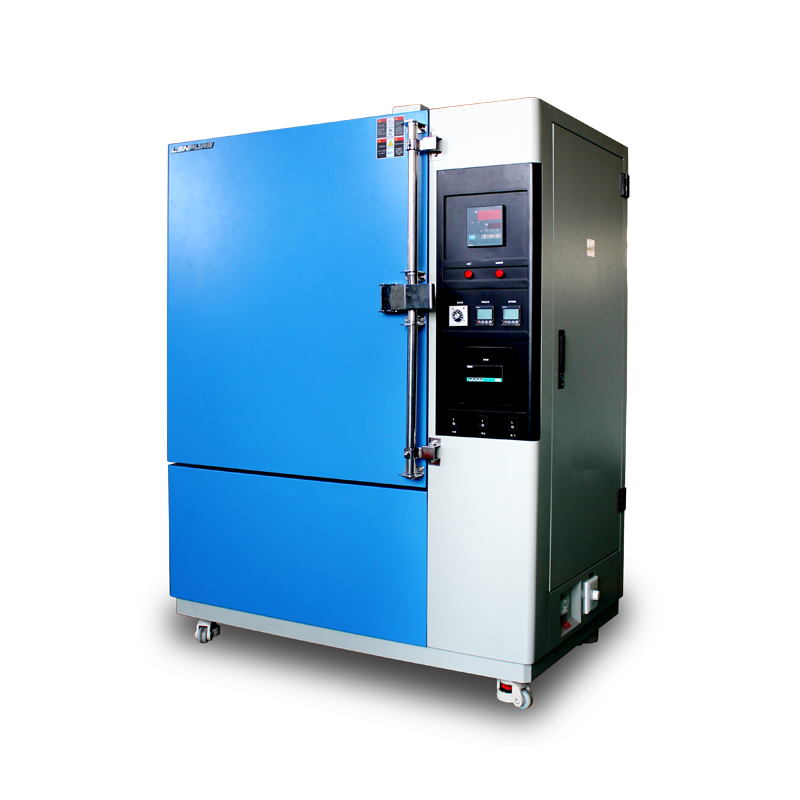

The aging test chambers commonly used in scientific research institutions are crucial equipment for detecting and optimizing products. The aging test data obtained through this equipment facilitate the screening of high-quality materials. What kind of configuration does such testing equipment have? Today, I will introduce you to its core components.

An aging test chamber mainly consists of five core parts: the control system, the refrigeration system, filters, sample racks, and spray pipes. Each component serves a different function. The control system is a vital part of the machine. As the light tubes in the equipment gradually decay, the irradiance intensity also weakens. The control system allows real-time monitoring of the irradiance intensity. The refrigeration system of the testing equipment circulates air forcefully using a blower to ensure uniform temperature and humidity distribution inside the chamber. The air circulation in the refrigeration system features professional air intake and return designs, with air pressure and velocity meeting corresponding standards. The heating, cooling, and humidification systems are completely independent, reducing the failure rate and lowering testing costs. Different filters are used to filter out杂光 (stray light) of different wavelengths during tests, and can be selected according to different testing requirements. The sample racks inside the chamber are for placing test samples. These components come in various styles, such as flat-plate type and rotating-arm type, which can be chosen based on needs. In the flat-plate type, light tubes are placed on top, while in the rotating-arm type, samples need to be fixed inside the sample rack. Regardless of the type of rack, samples should be laid flat on the rack, and the height of the rack can be adjusted according to the size of the samples.
Aging test chambers can be applied to testing materials such as automotive materials, electrical materials, coatings, plastics, chemical pigments, cables, especially building materials, and new materials. Currently, they are used in many projects. You can choose equipment based on your actual needs. Linpin Instruments can supply aging test series equipment for customers. The interior of the equipment adopts stainless steel material, while the exterior uses high-quality A3 steel plates with electrostatic spraying. The equipment not only guarantees quality but also offers better testing effects and lower energy consumption after optimized design. Customers with needs can call 400-066-2888 for more information or visit the factory directly for inspection.